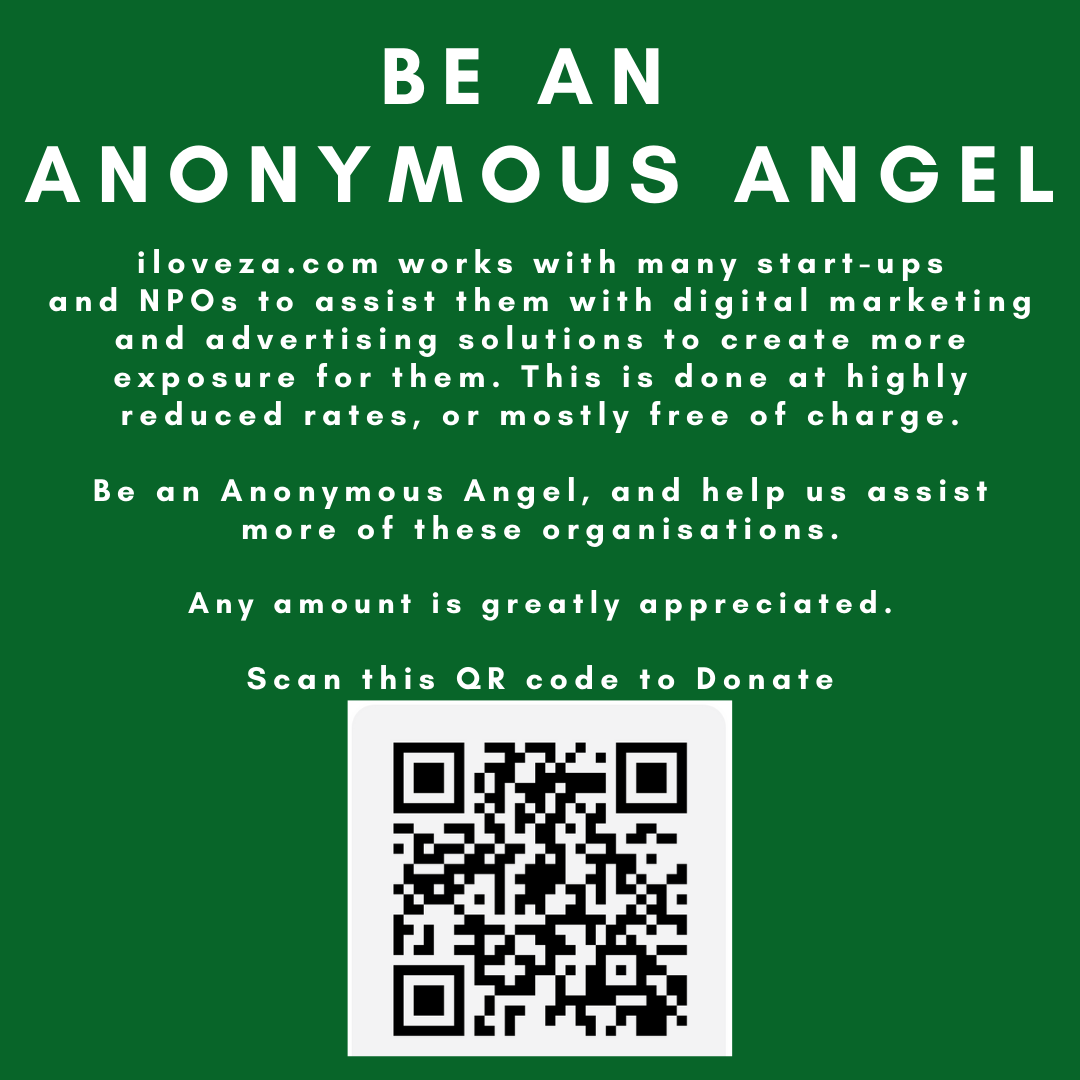How to read food labels to ensure your kids are getting the right nutrition

How to read food labels to ensure your kids are getting the right nutrition

Image supplied by Laager Tea4Kidz
A key role for all parents and caregivers is ensuring children have a healthy, nutritious diet to grow and thrive both physically and mentally. Unfortunately, complicated and often misleading labels and marketing techniques make it difficult to discern what is healthy – and what is actually full of added sugar, salt, and unhealthy fats.
“There is no doubt that the right nutritional balance is a key component of children’s growth and development, but it can be difficult for parents and caregivers to find this balance when they’re not always sure what’s in the food they’re serving,”
explained Mbali Mapholi, Laager Tea4Kidz partner dietitian.
“While children’s nutritional requirements will change as they grow, many of the fundamentals stay the same and it’s vital that they’re getting the right quantity of vitamins, minerals, healthy fats and macronutrients to maintain energy levels and ensure optimum health, while keeping added sugars and sodium as low as possible.”
Deciphering food labels
Mapholi explained that reading nutritional labels and understanding what constitutes a healthy amount of sugar, fats, and sodium is key, especially for younger children. She has shared her top 3 tips for reading food labels.
1. Other names for sugars, fats, and sodium
Look out for sugar, fat, and sodium listed in the first five ingredients on food labels which means they are main ingredients in that particular item. However, they’re not always listed as such, so it’s important to look out for the following:
a. Salt might be listed as baking powder, booster, celery salt, garlic salt, sodium, meat or yeast extract, onion salt, MSG, rock salt, sea salt, sodium bicarbonate, sodium metabisulphite, sodium nitrate, nitrate or stock cubes.
b. Fat might be listed as beef fat, butter, shortening, coconut, palm oil, copha, cream, dripping, lard, mayonnaise, sour cream, vegetable oils and fats, hydrogenated oils, full cream milk powder, egg or mono/di/triglycerides.
2. Check serving size (and take into account actual portion size)
When checking nutritional tables, always use the column that states the amount of sugars, fats, etc per serving size – and also try to determine whether the serving size is a practical portion size. If you think the portion size will be bigger or smaller than the stated serving size for your kids, take this into account when determining how much sugar, sodium and fat will be contained in a single serving for them.
3. Not all fats are created equal
Kids need fats to grow, but too many saturated fats can negatively impact heart health. Foods with 1g or less of saturated fats per serving are considered low in saturated fat. It’s also best to avoid trans fats as far as possible, for healthy arteries and better health overall. Avoid foods with hydrogenated oils/fats which are the main source of trans fats in foods.
Biggest risk factors for children
“Children often gravitate towards sugary or salty foods, and it’s our job as parents and caregivers to have healthy options available that aren’t laden with sugar and sodium, but are still tasty,”
Mapholi continued.
“Many foods that seem to be healthy actually contain a lot of hidden sugars and sodium. This includes fruit juices, sauces, cereals, dried fruit, and other snacks specifically designed for children.”
One of the biggest concerns when it comes to children’s diets is the excessive intake of sugary drinks. When it comes to sugar consumption, children between 2 and 18 years should be limited to 25 grams per day, which is less than six teaspoons.
In a medical piece published by Harvard, Dr Frank Hu, Professor of Nutrition and Epidemiology at the Harvard Chan School of Public Health, said:
“There is clear evidence that added sugars, especially sugary beverages, contribute to obesity and other metabolic problems.”
According to Mapholi, the high intake of sugary drinks, including fruit juices, cordials, and fizzy drinks, is a major concern for South African children currently:
“There are a lot of hidden sugars in these drinks, and we are urging parents and caregivers to veer away from these options for hydration, but rather choose water or Rooibos tea which are healthier options for children.”
Candice Sessions, Laager Marketing Manager, explained that there are many additional health benefits of drinking Laager’s Rooibos tea range designed specifically for children:
“Tea4Kidz Rooibos tea is naturally caffeine-free and sugar-free but this doesn’t detract from the taste as Rooibos itself is naturally sweet.”
There is a range of flavours for all children to try, and these can be enjoyed hot or cold in the form of iced tea, iced lollies, and smoothies. Simply brew a cup of Tea4Kidz, cool it, pour it into an ice tray and freeze. These ice cubes can be added to smoothies and iced tea for added flavour.
For iced tea, prepare the Tea4Kidz Rooibos, cool it, and add ice and fresh fruit (honey can also be added for some extra sweetness). This can then also be frozen into lolly moulds with fruit layered in for a healthy and refreshing ice lolly.

